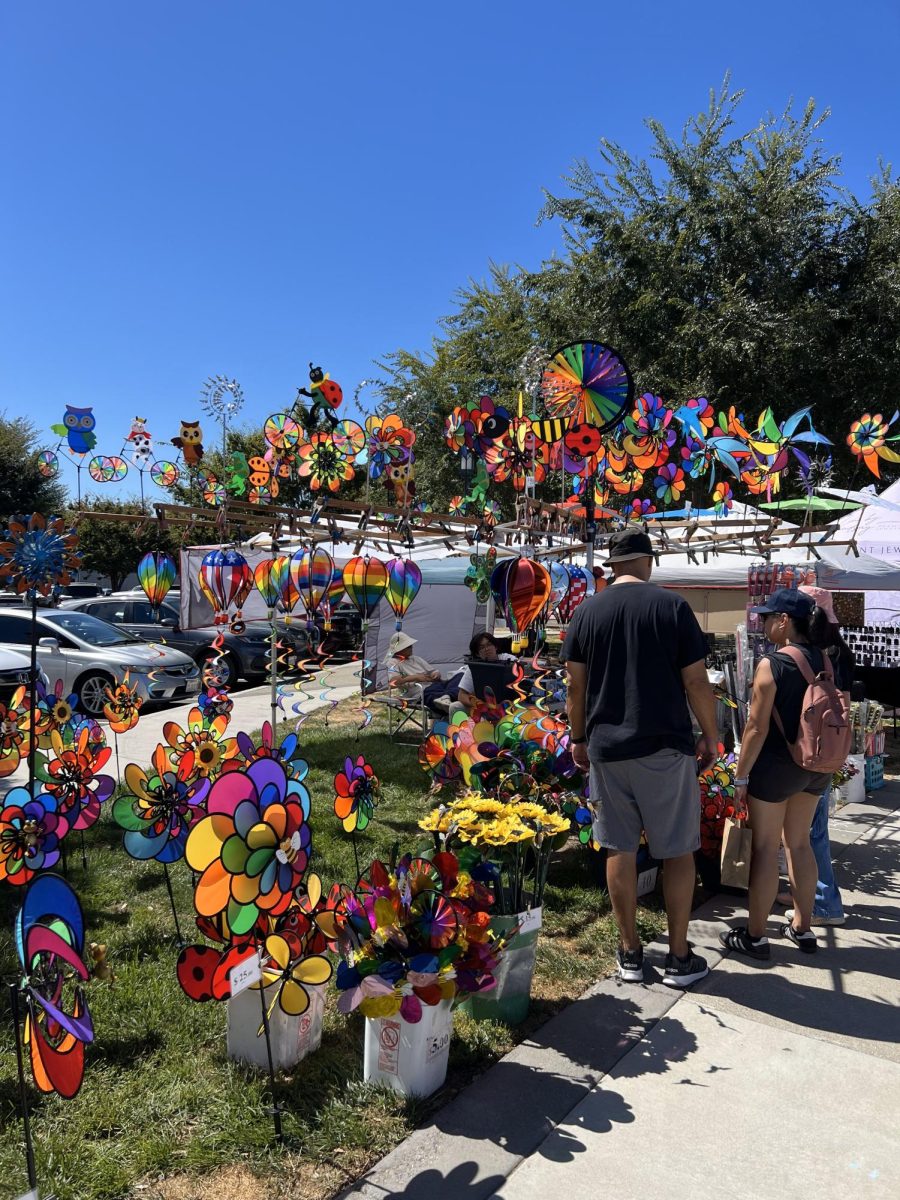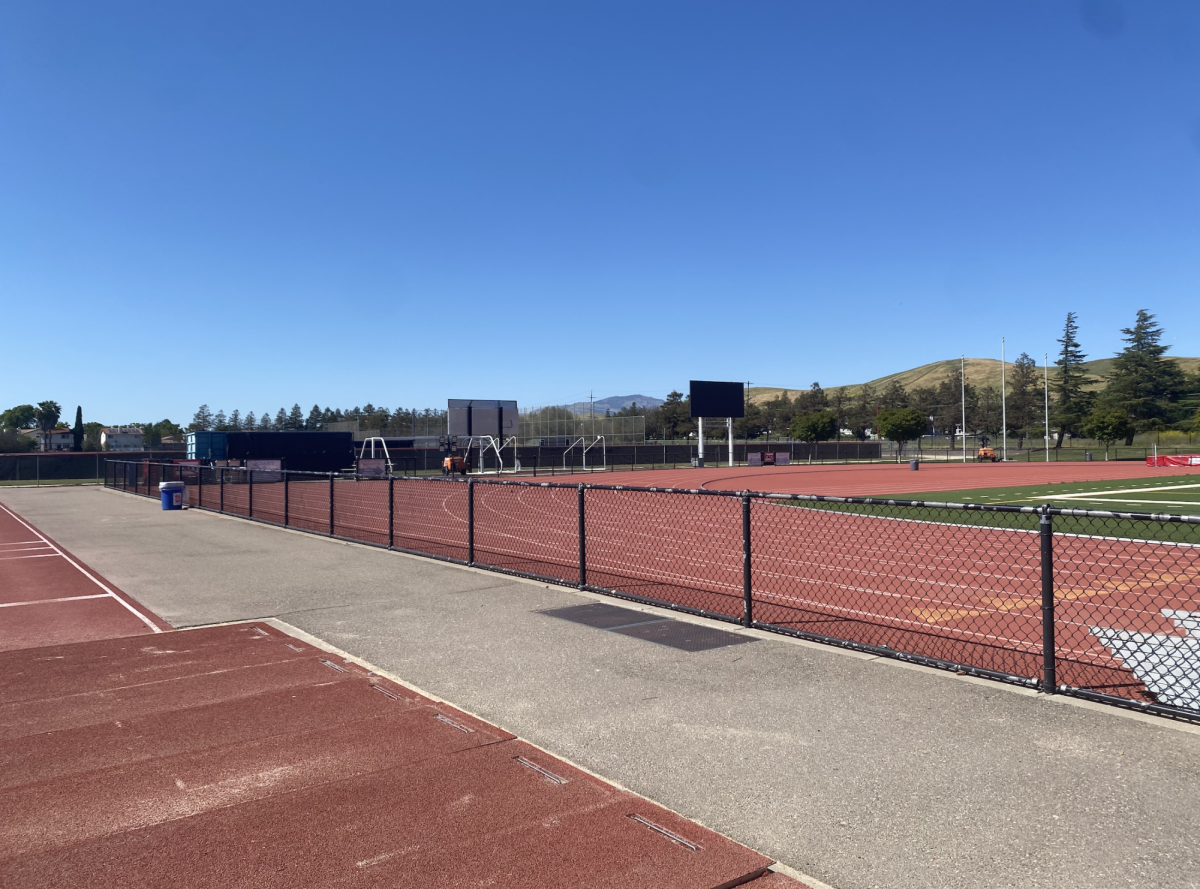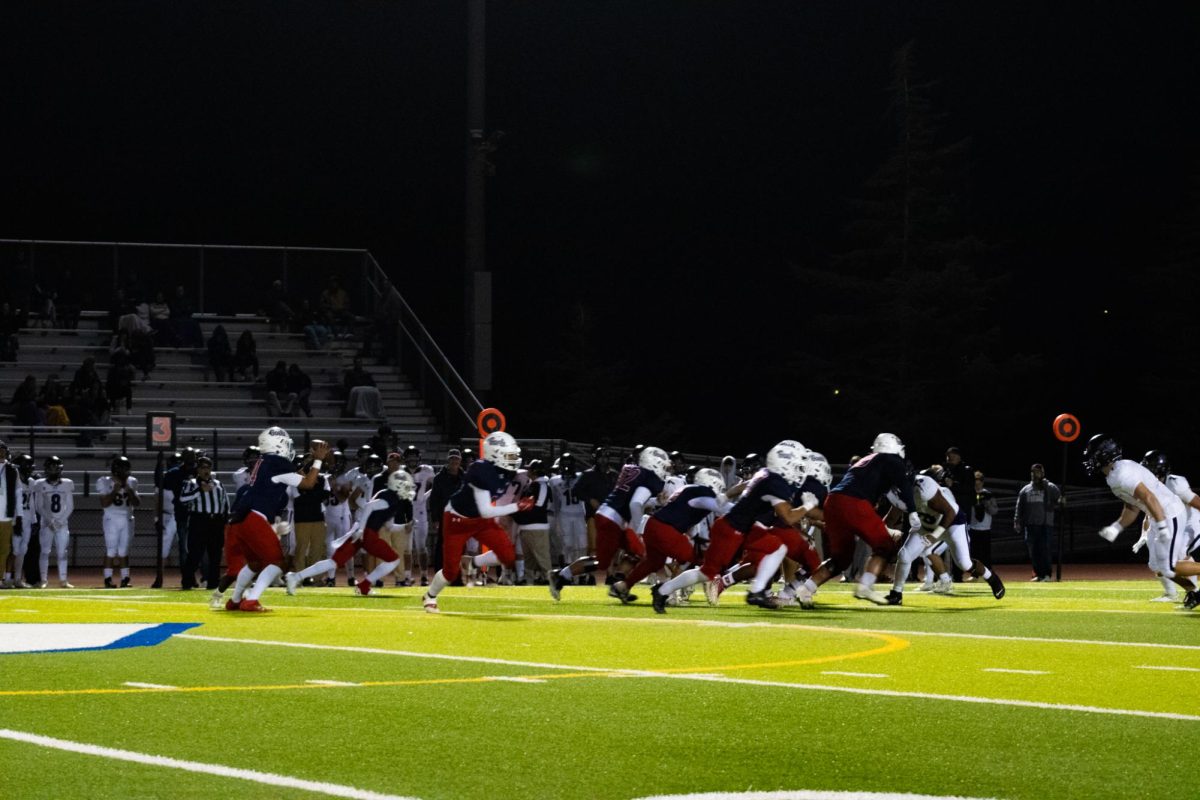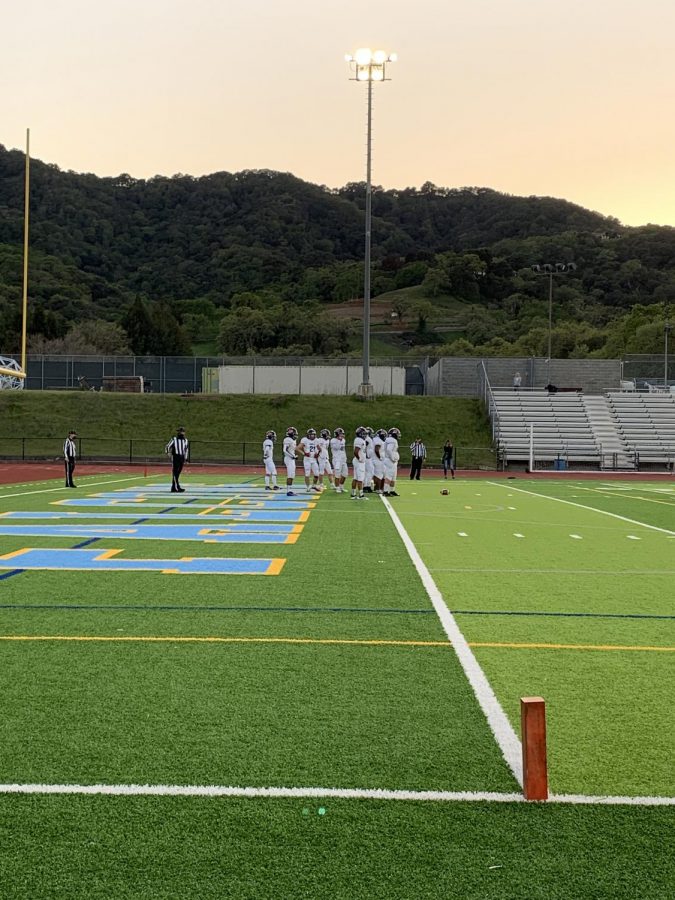Are you in a forest? In a construction store? At home? Chances are, you are near a Douglas-fir. Tall, pretty, and one of the strongest softwood trees by weight, this tree has pushed its way into popularity for both natural viewing and lumber use.
Douglas-fir is found in western North America. It can grow along the coast or more inland, though the trees that grow in these locations are considered different subspecies due to noticeable variation. In many cases, Coast Douglas-firs may live to be almost a thousand years old, though the Mountain variety’s lifespan maxes out at around half of that. The coastal version also grows faster and larger, while the mountainous one is hardier to survive in its environment. Coastal Douglas-fir is more widely used by humans, mostly for timber and decoration, especially as Christmas trees. The mountain versions are mostly left alone because of their slower growth and shorter lifespans, but they too are very beautiful to observe.
Both types are resistant to fire through some interesting evolutionary traits, such as moving their highly flammable leaves higher up to be out of reach of forest fires and developing thicker bark. Interestingly, it is not one of the species that requires fire to regenerate, like some other coned trees do, but they do benefit from the clearer canopy and tend to grow much better after a large fire.
Not needing fire to reproduce means that the Douglas-fir’s cones are of the open variety, and many woodland creatures take advantage of the availability of its seeds. Birds also nest in its high branches, safe from the predators below, and humans have long enjoyed it for all manner of woodwork, including boatmaking, a task that requires only the best wood. A tall evergreen, too, it is often used as a screening tree – that is, a species of tree planted multiple in a row to block out road noise and preserve privacy. It requires full to partial sunlight and wet but non-waterlogged soil, but can tolerate quite the range of soil acidity.
Douglas-fir does not, however, have the best relationship with other trees. Symbiotic with its lackey, a type of fungus which can connect onto tree roots, it has a tendency to siphon sugar off of nearby paper birch trees. It gets close to the birch, exchanging some of its own nutrients, but the Douglas-fir takes more than it gives, even increasing the amount of sugar it saps when it gets less sunlight. Not to worry, though – the paper birch do not seem to mind, making enough sugar to even be a syrup source for humans.
This mischievous tree has also confused botanists for about as long as it has been around. It was renamed a total of 21 times, as its previous names were too similar to firs and hemlock and a variety of other trees. It now has a name of its own: Pseudotsuga. The odd current naming of the Douglas-fir was not arbitrary – its common name was given to commemorate botanist David Douglas, while its scientific name menziesii is for Archibald Menzies, also a botanist.
Photo Courtesy of Jason Mark at The Magazine of the Sierra Club



































